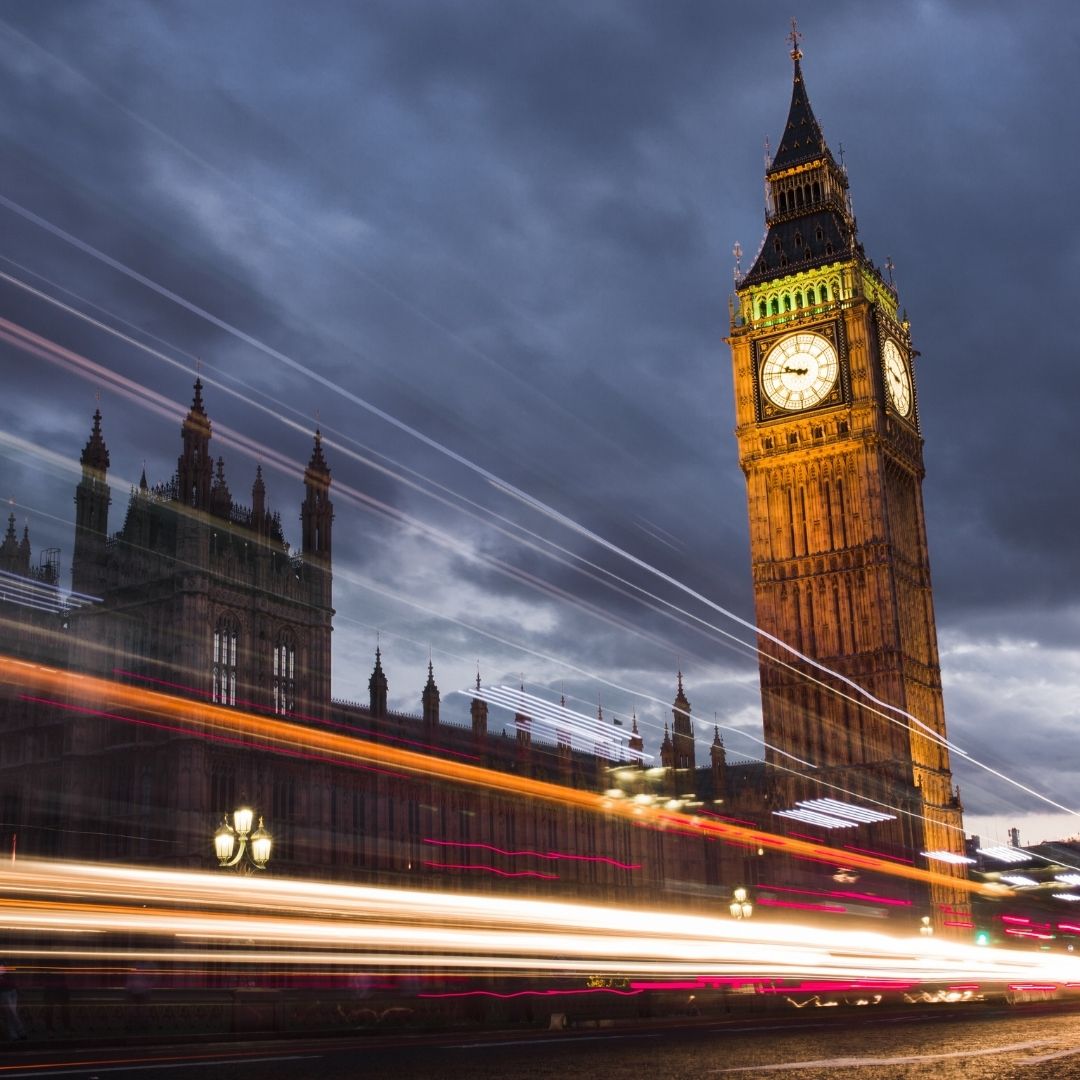Why Is There So Much Scaffolding In London
You see scaffolding on buildings where construction workers or a maintenance crew work. They allow workers to carry out their tasks at height by providing a safe and stable base.
Scaffolding is used to elevate workers and creates a platform where they can move about a building to reach inaccessible areas. The platforms provide enough space and strength to support multiple workers.
In London, there are many tall buildings, and it is not surprising that you will see many of them surrounded by scaffolding. This will be from new developments, maintenance and renovations.
With the abundance of new and old buildings, you will often see scaffolding up for a long time in significant developments of apartments and office buildings. Many historic buildings also require extensive cleaning or maintenance, with renovations often taking years.
In this article, we will look at some of the reasons for scaffolding in London in more detail.

Reasons for Using Scaffolding in London
Like many major cities worldwide, London can seem to be filled with scaffolding. You rarely find a street where you don’t have to duck under or circumnavigate a scaffold tower.
Here are some of the reasons you see so much scaffolding in London.
Health and Safety in London
The UK has one of the leading sets of regulations governing safety when working at height. It is more restrictive than many other countries.
The HSE give lots of guidance that stems from UK law. UK legislation aims to reduce the number of accidents, injuries, and fatalities in the construction industry. It is a sad fact that the highest number of deaths in the construction industry occur from falls from height.
Legislation requires scaffolding to be used wherever possible to reduce the likelihood of a fall. Scaffolding is the safest way for workers to carry out their work at height.
With so many tall buildings in London, there will inevitably be lots of scaffolding used in projects. The scaffolding allows workers to feel safe when they work and operate more efficiently.
High Rise Buildings in London
London is well known for its diverse architectural landscape. There is a mix of historic architecture, including many famous landmarks and more modern features, including some impressive skyscraper style buildings.
The tallest building in London, The Shard, was completed in 2012, and the scaffolding used during construction involved innovative techniques for tethering. Standing at 309.6 metres with 95 storeys, you can imagine the amount of scaffolding required.
The project was subject to many delays, but nevertheless, it only took 11 months to build. This is an unusually quick turnaround as many factors delay completion in these extensive builds from planning issues, financial issues and unforeseen difficulties.
Twenty-two at 22 Bishopsgate was a long project that began in 2008 but was only completed in 2019. It was halted due to the recession and restarted several times.
The long length of these immense projects means that scaffolding is often in place for an extended period.
2022 is seeing post pandemic completion of many skyscraper projects, with many still under construction in the city and Canary Wharf. Of course, skyscrapers also often require scaffolding for maintenance or window cleaning, with suspended scaffolds a popular option.
Removal of Unsafe Cladding in London
Following on from the Grenfell tragedy in North Kensington, London, the government has created a scheme for the UK’s largest homebuilders to invest in a fund to replace dangerous cladding.
The fatal fire in 2017 led to an investigation into how the cladding created a stack effect that inflamed the fire. Similar types of cladding are now required to be removed or replaced from high rise buildings above 11m tall.
With billions of pounds already invested in the scheme, many high rise properties will likely continue to have scaffolding erected in the near future to enable workers to replace the dangerous cladding safely.
Historic Renovations in London
Many historic buildings are saved from demolition by extensive renovation plans that transform derelict buildings into impressive architectural pieces. In Chelsea and Sloane Square, mansion blocks were preserved by the Victorian Society and renovated rather than being demolished.
In April 2022, the immense scaffolding structure surrounding the Elizabeth Tower, known as Big Ben, came down. With landmarks like Big Ben attracting thousands of visitors each year, it is crucial to keep them in good condition through extensive renovation.
Nelson’s Column in Trafalgar Square is regularly surrounded by scaffolding for cleaning. With corrosion from pigeon waste a big problem it is understandable that it needs regular maintenance. Complete restoration occurred in 1968 and 1987.
Erecting scaffolding on historic landmarks and buildings is a difficult task. Damage from the structure can cause permanent damage or scarring that affects essential detailing.
Expert scaffold companies use their knowledge to ensure that bespoke scaffolding is used to reduce the chances of damage whilst allowing access to difficult to reach areas.
Redevelopment in London
London is an area where vast amounts of new developments appear across the region. Both commercial and residential sites are constantly under construction, with scaffolding taking on an essential role.
In 2019, National Geographic commented that London was undergoing a boom, with a predicted two million more residents expected to move in by 2050 despite the Brexit effect. The pandemic may have delayed growth, but there are signs already that it was only a temporary pause.
Over the last 20 years, the once derelict area around Kings Cross has been transformed into a chic neighbourhood with a thriving business and residential community. In 2007, the bulldozers came in, and the scaffolding went up as the entire area was developed.
Other derelict areas along the Thames and the city’s canals are being upgraded comparably, making room for domestic properties alongside restaurants, hotels and commercial buildings.
Final Thoughts – Why Is There So Much Scaffolding In London?
London is an example of many cities across the UK that are undergoing redevelopment to provide more homes and commercial premises.
If you are considering a project, whatever size, it is best to contact an expert scaffolding provider to ensure that UK regulations are met and to get a bespoke solution for your design.
Get in touch with M1 Scaffolding today for a chat about your needs. We operate across a wide area of the UK.




